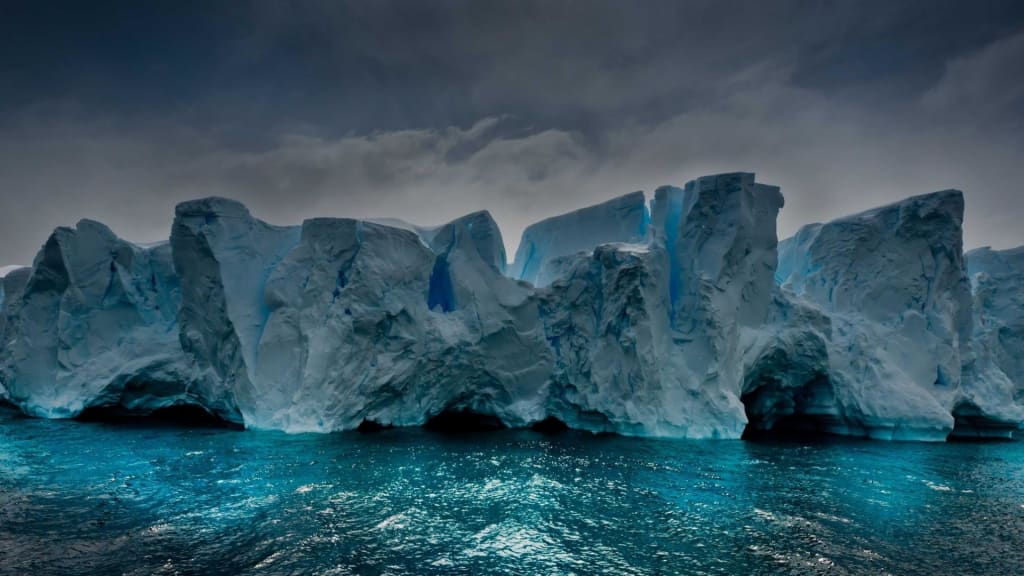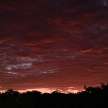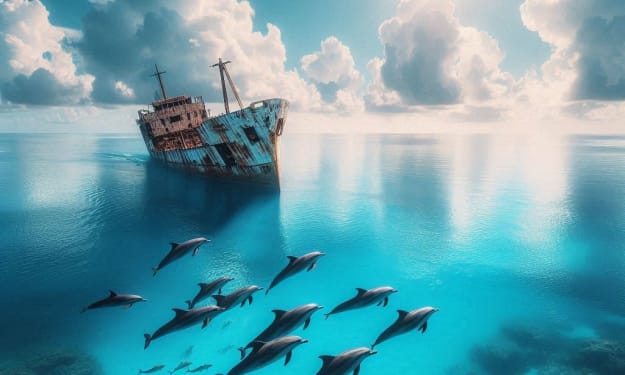Content warning
This story may contain sensitive material or discuss topics that some readers may find distressing. Reader discretion is advised. The views and opinions expressed in this story are those of the author and do not necessarily reflect the official policy or position of Vocal.

We've all fantasized about experiencing the Arctic's natural marvels, such as polar bears playing on ice floes or the Aurora Borealis illuminating the sky. However, I regret to inform you that you won't find tourists flocking to Antarctica anytime soon. Why, you ask? Let's delve into it.
Firstly, Antarctica is located in the southern hemisphere, specifically at the South Pole, surrounded by the Southern Ocean. The majority of the continent is covered by ice, making it one of the most remote and frigid places on Earth. Meeting someone who has visited Antarctica is highly unlikely, as it is one of the least visited places globally. Only a fortunate few explorers have witnessed its interior, predominantly composed of glaciers and ice fields. Nonetheless, the wildlife and scenery are unparalleled.
Now, why should you refrain from traveling to Antarctica? For starters, the environment is incredibly fragile and susceptible to damage. Additionally, there are no native human populations on the continent, making your visit akin to exploring an uninhabited island. Despite its lack of fortress-like security, Antarctica is safeguarded by the Antarctic Treaty, an international agreement aimed at preventing unwanted activities and certain forms of testing by member states. The primary reason for restricted access is the delicate ecosystem that necessitates protection. The treaty emphasizes peaceful use and prohibits any human activity that could harm the environment.
While Antarctica may not be impervious, obtaining permission to visit is no easy feat. For example, U.S. citizens must complete a special form and submit it to the Office of Ocean and Polar Affairs. Once there, strict guidelines must be followed to preserve the environment, including avoiding disturbance of wildlife and refraining from taking souvenirs like rocks, plants, or animals.
Living in Antarctica is technically feasible, as there are no laws prohibiting permanent residency. However, the inhospitable environment, with temperatures plummeting to negative 76 degrees Fahrenheit, coupled with the isolation of being over one thousand miles away from the nearest land, makes it impractical for human habitation. Despite these challenges, perhaps one day, we'll have the opportunity to visit this unique continent. Until then, let's appreciate it from a distance.
Switching gears, let's explore the discovery of Antarctica. Unlike other inhabited places, Antarctica never had a native human population. Ancient Greek philosophers referred to the continent as "antarctos," meaning opposite the bear, with the bear representing the great and little bear constellations observable only in the northern hemisphere. Wailing voyages in the late 1700s and early 1800s ventured southward, with Captain James Cook crossing the Antarctic Circle in 1773. The first undisputed landing on Antarctica occurred in 1895 at Cape Adare during a whaling voyage led by Henrik Bull.
Contrary to expectations, Antarctica is a desert, not due to dunes and sizzling heat, but because of its minimal precipitation. Despite its icy appearance, it is one of the driest places on Earth, receiving just over 0.4 inches of rainfall in the past 30 years. It is also the coldest, windiest, and highest continent.
Antarctica poses a unique challenge regarding timekeeping, as there is no designated Antarctica time zone. All lines of longitude converge at a single point at the South Pole. Researchers typically adhere to the time zone of their departure country, creating coordination challenges with multiple nations operating on the Antarctic Peninsula.
Surprisingly, life thrives in Antarctica despite its extreme conditions. The continent is home to billions of krill, attracting seals, penguins, and the largest penguin species, the emperor penguin. Seals and whales, protected by the Antarctic Treaty, flourish in the cool waters of the Southern Ocean, creating a vibrant ecosystem. Antarctica, far from a lifeless expanse, is a testament to the adaptability of various species to harsh environments.
About the Creator
Enjoyed the story? Support the Creator.
Subscribe for free to receive all their stories in your feed. You could also pledge your support or give them a one-off tip, letting them know you appreciate their work.






Comments
There are no comments for this story
Be the first to respond and start the conversation.